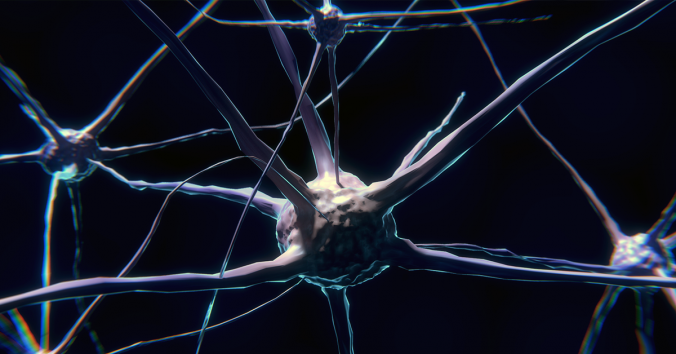The one who prepares the food may announce, “The food is ready now!” when the food is ready. However, when exactly is the food actually ready? When the kitchen timer rings? The potatoes are cooked then. Or when the saucepan is removed from the stove? The cooking ends then. Or when the saucepan is emptied of water? The potatoes are separated from the cooking medium then. Or when the potatoes are carried to the table? The food will be available to the guests around the table then. However, is the food actually available for eating before it is on the plate? Should not each guest say, “The food is ready now,” when the food is on the plate? However, if the food is too hot, is it actually ready? Should not someone around the table say when you no longer burn your tongue, “The food is ready now”?
Yes, exactly when is the food actually ready? You probably notice that the question is treacherous. The very asking, “exactly when, actually?” systematically makes every answer wrong, or not exactly right. The question is based on rejecting the answer. It is based on suggesting another, smarter way to answer. Which is not accepted because an even smarter way to answer is suggested. And so on. Questions that systematically reject the answer are not any questions. They can appear to be profound because no ordinary human answer is accepted. They can appear to be at a high intellectual level, because the questioner seems to demand nothing less than the exact and actual truth. Such extremely curious questions are usually called metaphysical.
However, we hardly experience the question about exactly when the food actually is ready as important and deep. We see the trick. The question is like a stubborn teenager who just discovered how to quibble. However, sometimes these verbally treacherous questions can appear on the agenda and be perceived as important to answer. In bioethics, the question about the beginning of a human being has become such a question. Exactly when does a human being actually come into existence?
Why is this question asked in bioethics? The reason is, of course, that there are ethical and legal limits to what medical researchers are permitted to do with human beings. The question of what counts as a human being then acquires significance. When does a fertilized egg become a human? Immediately? After a number of days? The question will determine what researchers are permitted to do with human embryos. Can they harvest stem cells from embryos and destroy them? There is disagreement about this.
When people disagree, they want to convince each other by debating. The issue of the beginning of a human being has been debated for decades. The problem is that the question is just as treacherous as the question about exactly when the food actually is ready. In addition, the apparent depth and inquisitiveness of the question serves as intellectual allurement. We seem to be able to determine exactly who is actually right. The Holy Grail of all debates!
The crucial moment never comes. The Holy Grail is constantly proving to be an illusion, since the question systematically rejects every answer by proposing an even smarter answer, just like the question about food. The question of the beginning of a human being has now reached such levels of cleverness that it cannot be rendered in ordinary human words. Philosophers earn their living as intellectual advocates who give debating clients strategic advice on metaphysical loopholes that will allow them to avoid the opponent’s latest clever argument. Listen to such metaphysical advice to debaters who want to argue that a human being comes into existence exactly at conception and not a day later:
”Given the twinning argument, the conceptionist then faces a choice between perdurantist conceptionism and exdurantist conceptionism, and we argue that, apart from commitments beyond the metaphysics of embryology, they should prefer the latter over the former.”
Do you feel like reading more? If so, read the article and judge for yourself the depth and seriousness of the question. Personally, I wish for more mature ways to deal with bioethical conflicts than through metaphysical advice to stubborn debaters.

Written by…
Pär Segerdahl, Associate Professor at the Centre for Research Ethics & Bioethics and editor of the Ethics Blog.
Efird, D, Holland, S. Stages of life: A new metaphysics of conceptionism. Bioethics. 2019; 33: 529– 535. https://doi.org/10.1111/bioe.12556
We like challenging questions






Recent Comments